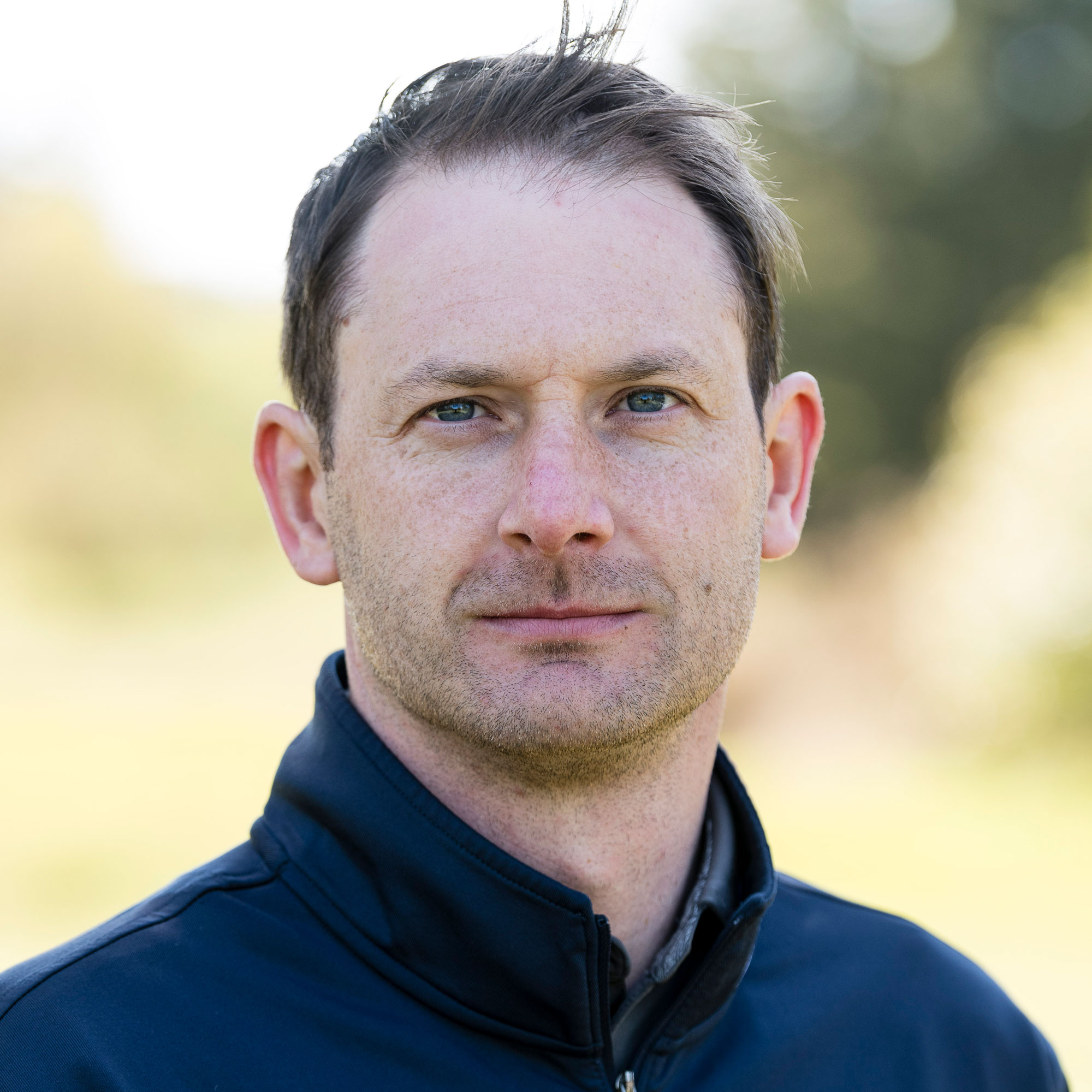These Words From A Pro (And Two-Time Tour Winner) Make A Lot Of Sense. We'd All Do Well To Follow His Advice...
Some golf tips just make more sense. We can probably all learn a lot from this Tour pro, especially when it comes to the short game and putting


Mark Townsend
Despite having perfect golf swings, not all Tour professionals can talk about the technical aspects of the game in a way that makes it easy for club golfers and amateur players to understand.
Johannes Veerman is different. A two-time winner on the DP World Tour, the American speaks with great enthusiasm when it comes to the subject of improving your short game and making more putts - and he has some interesting advice for us.
In this insightful interview, the man from California, winner of December's Nedbank Golf Challenge, offers his top putting tips and chipping tips to help you shoot lower scores.
Johannes Veerman Short Game Tips
1. 'Handsy' chipping
Many players use their hands too much when chipping. Everyone talks about someone having great hands, but a lot of the best chippers don’t use their hands a whole lot. It’s a very rhythmic motion to keep the triangle between your shoulders and arms together.
Many amateurs drag the club back on the inside with the hands, which leads to timing issues. If you can keep it a little wider on the way back and get the grip end of the club pointing at your left rib cage the entire time, that will lead to far more consistent strikes.

Johannes Veerman executes a chip shot without the hands getting too involved
2. Overthinking putts
Get the Golf Monthly Newsletter
Subscribe to the Golf Monthly newsletter to stay up to date with all the latest tour news, equipment news, reviews, head-to-heads and buyer’s guides from our team of experienced experts.
The key to holing putts under pressure is being able to not think too much. You need to somehow go on autopilot and let the stroke come naturally. A lot of players mishit putts because they’re thinking too much, and the level at which they’re thinking doesn’t match up to the amount required for the shot. The full swing is complicated; there are a lot of things going on. But with the putting stroke, you’re really only taking it back 20cm.

The American says amateur golfers can be guilty of overthinking too much on short putts
3. Develop a routine
You need a consistent routine. The best players have the same amount of practice strokes, steps into the ball and looks at the hole every putt. It’s consistent. By the time they hit it, it’s basically on autopilot – they let all the putting practice they’ve done unfold in the moment. You can’t force the outcome.
4. Work on start line
One of the things I see in pro-ams is that a lot of amateurs can’t start their putts on line. Find a straight 6ft putt and put two tees 2ft in front of you. Start by making the gate two ball-widths apart and just try to roll it between the tees over and over. Then adjust your sight to where you can look at the hole and see those tees. You then know that’s where you need to roll it through. The better you are, the narrower the gate should be.

Club golfers would do well to work on developing a putting routine and practicing their start lines
5. Conquering nerves
I think I do okay with nerves. I’m more nervous off the course before a big round than when I’m on it. Part of that is that I see the bigger picture. A lot of times, the reason we get anxious or highly strung is because we let our minds run away with these thoughts and don’t control them.
I meditate, which helps me place my awareness on where I want it to be, and I feel like I’m able to put the reins on those bad thoughts.
6. Less focus on outcome
Try and be very simple in your approach. For example, one day you might have hit seven fairways; the next you want to try to hit eight. Find some quiet time before a round, or during it, but don’t get so wrapped up in the outcome of what it is that you’re doing.
If you work a job and you’re thinking that if you mess this presentation up you might get fired, that can be very stressful. One bad shot does not mean you’re going to have a bad day or never play well again.

Veerman's advice is to not get too wrapped up in the outcome
So, what’s a good way of becoming more process-oriented? Let’s start with this. If you were outcome-oriented and you hit it in the right rough on the 1st, you might start thinking it’s going to be a tough day. You may end up making a putt for par and then, all of a sudden, your emotions are super-high. Then you walk to the next hole and flush one and you’re like, ‘Let’s go!’. Then you slice one right and struggle with a slice, and you’re thinking it’s gone.
It’s hard to be focused this way. You can’t do that for four hours. If you are more process-oriented, you should think you’re very good from 75 yards so can lay up to that distance. Then, maybe you hit a good shot from 75 yards and go, ‘That was pretty solid’. Whether you make or miss the putt, maybe it’s not so relevant to your emotions as you’re more even-keeled. The bad shots have to go and then you’re on to the next one.

Michael has been with Golf Monthly since 2008. A multimedia journalist, he has also worked for The Football Association, where he created content to support the England football team, The FA Cup, London 2012, and FA Women's Super League. As content editor at Foremost Golf, Michael worked closely with golf's biggest equipment manufacturers and has developed an in-depth knowledge of this side of the industry. He's a regular contributor, covering instruction, equipment, travel and feature content. Michael has interviewed many of the game's biggest stars, including seven World No.1s, and has attended and reported on numerous Major Championships and Ryder Cups around the world. He's a member of Formby Golf Club in Merseyside, UK.
- Mark TownsendContributing editor
You must confirm your public display name before commenting
Please logout and then login again, you will then be prompted to enter your display name.
-
 What You Get For Finishing Second At The Masters
What You Get For Finishing Second At The MastersFinishing runner-up at The Masters is sure to bring disappointment, but there are plenty of reasons for the player who misses out to be cheerful too – here are the details
By Mike Hall Published
-
 Dear Masters Tournament Committee: Please Change The Final-Round Pin Positions On 16 And 18
Dear Masters Tournament Committee: Please Change The Final-Round Pin Positions On 16 And 18The back nine at Augusta National on Masters Sunday is scintillating, but I’ve been campaigning for different pin positions on 16 and 18 for years...
By Nick Bonfield Published